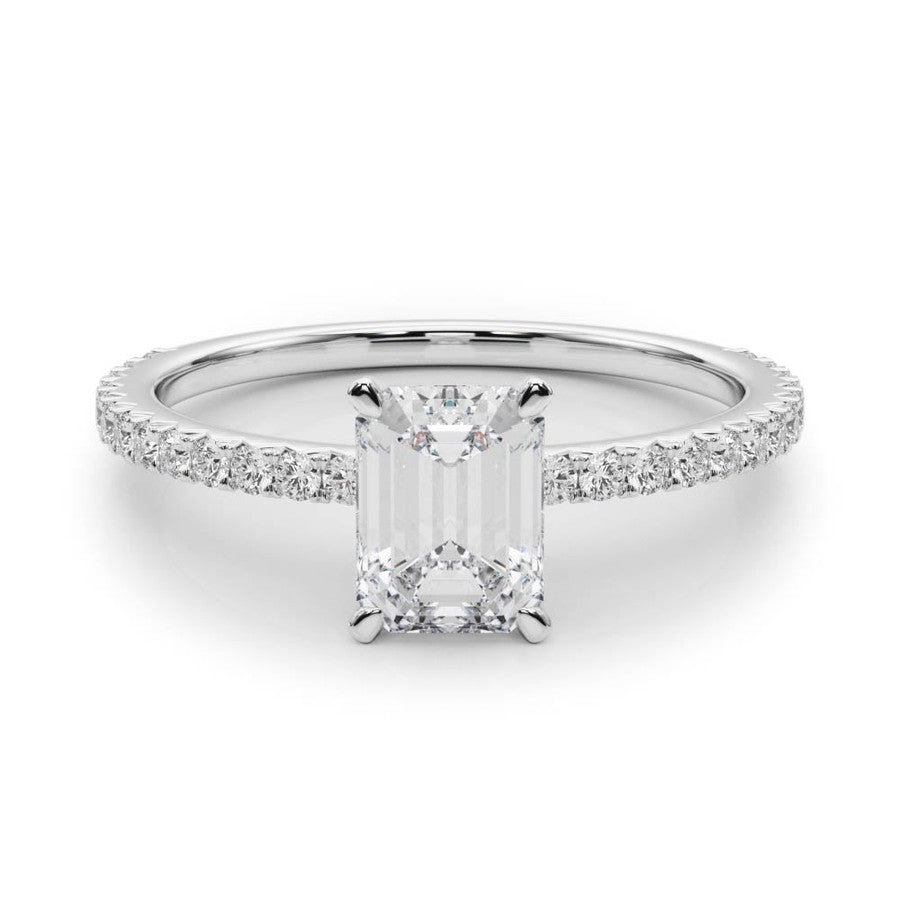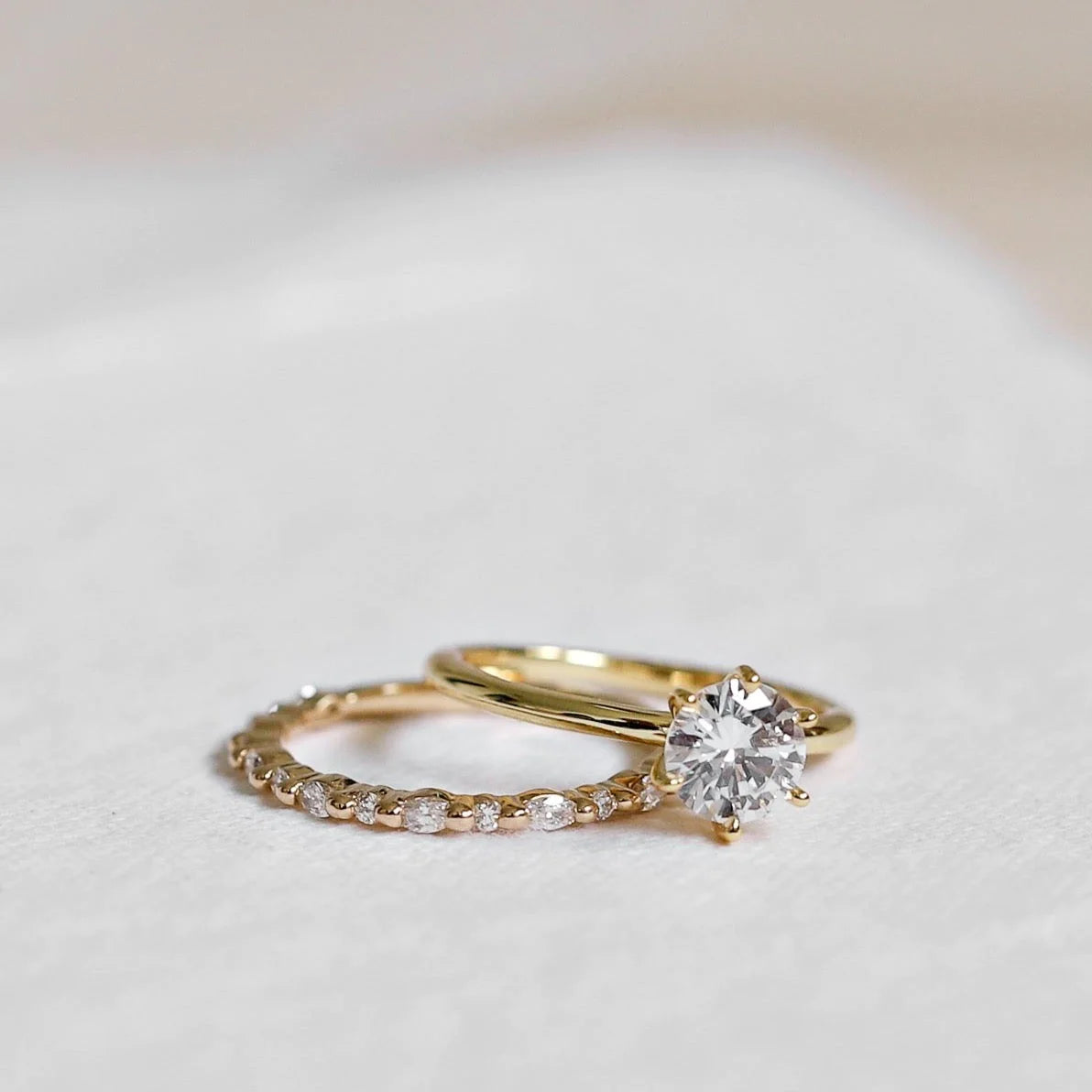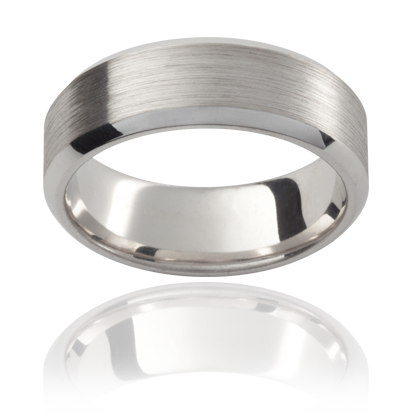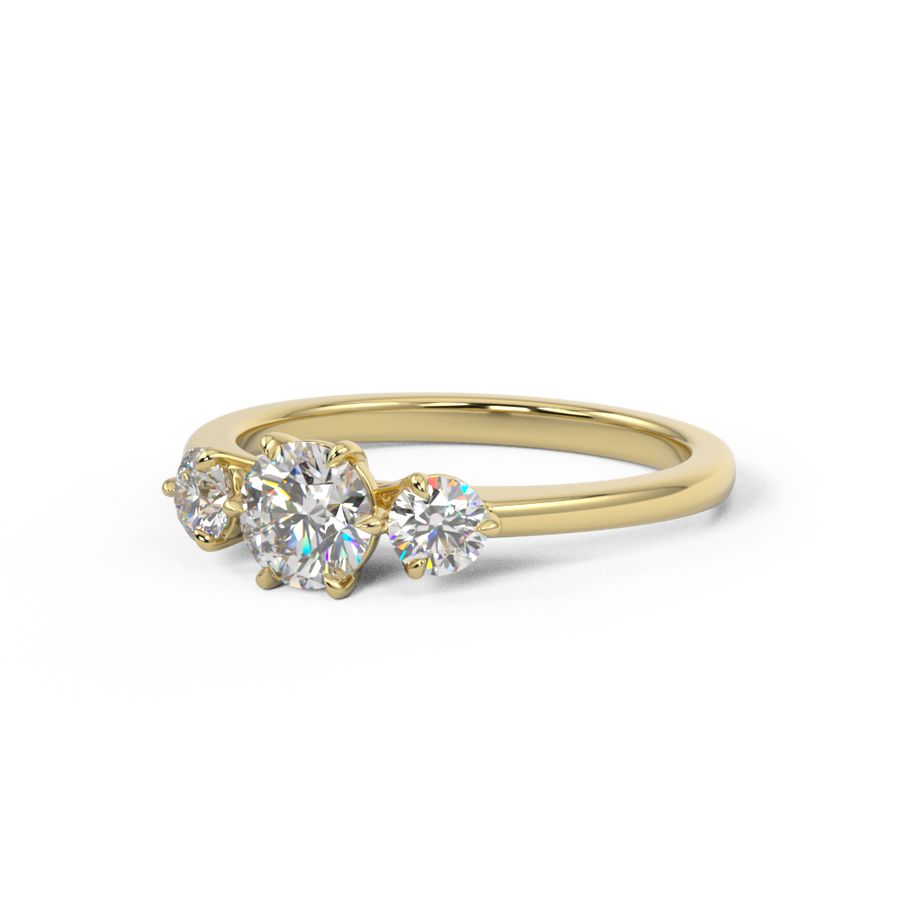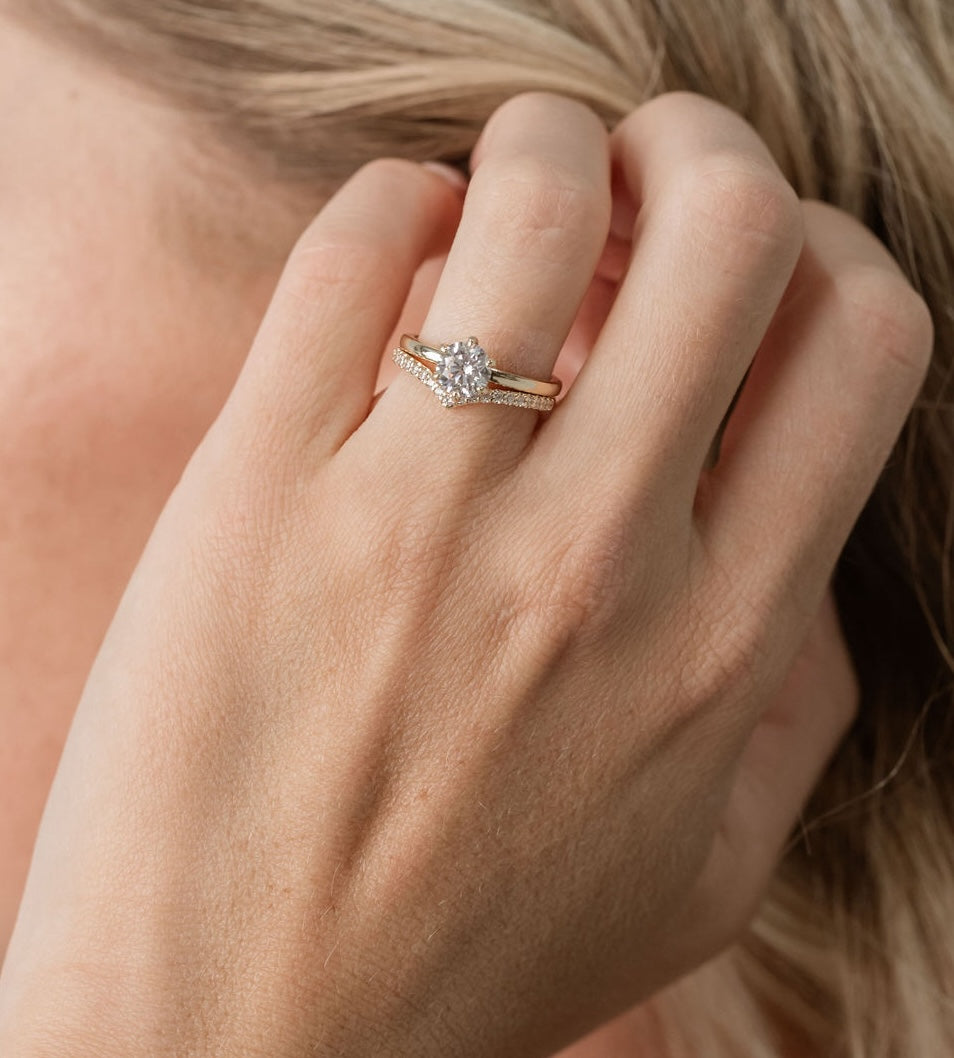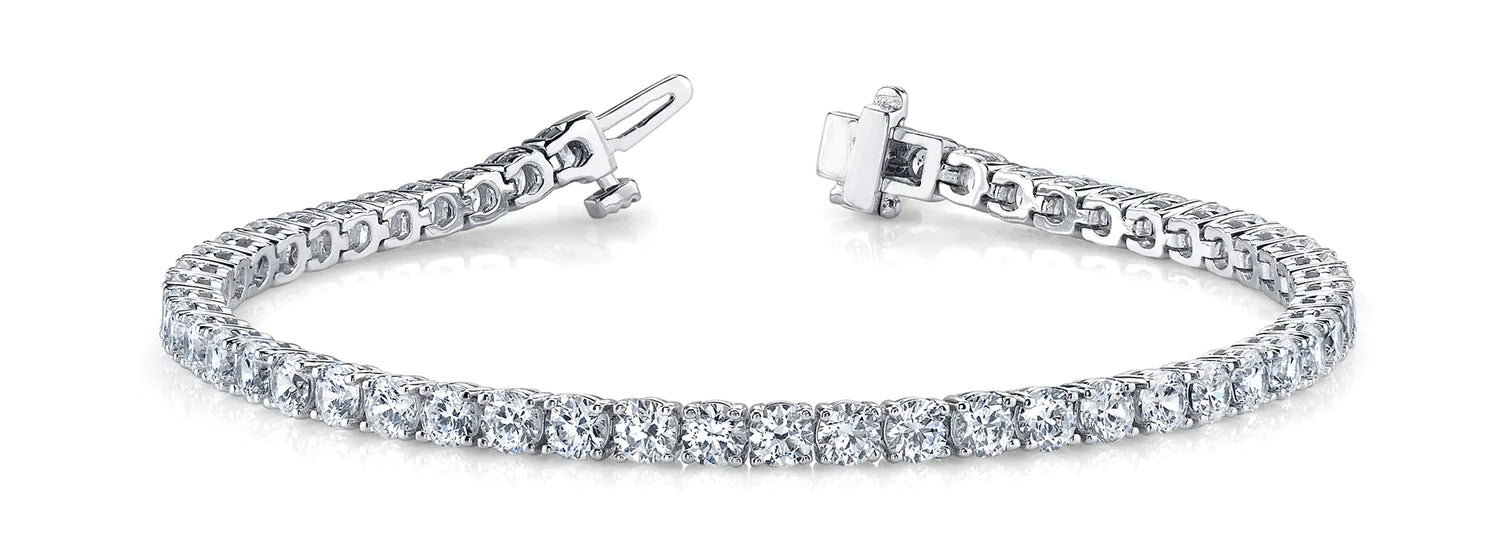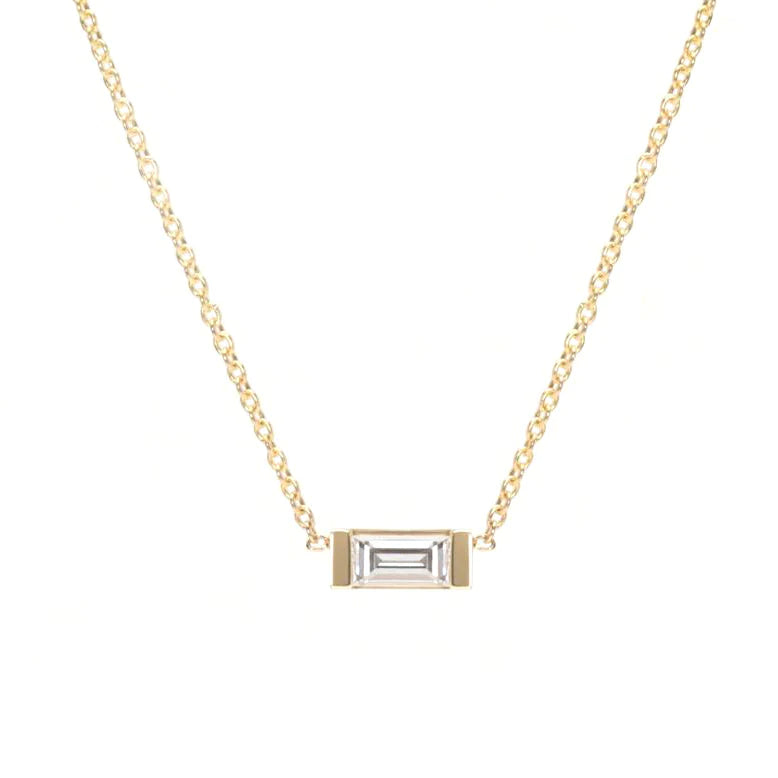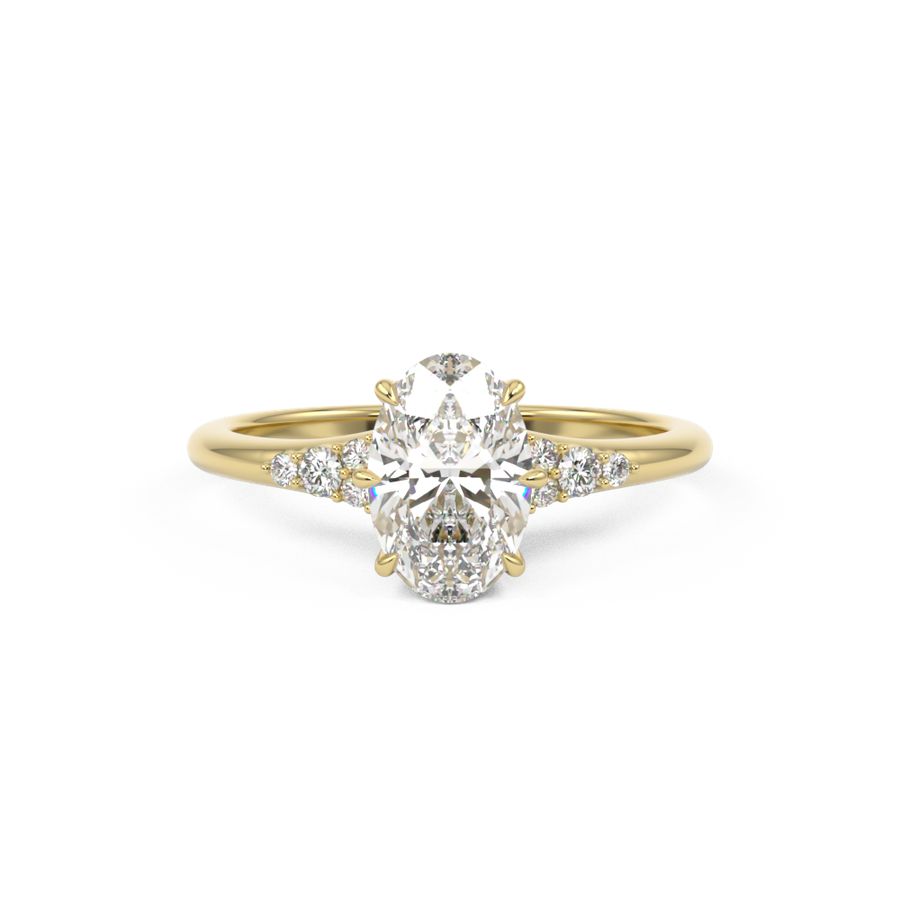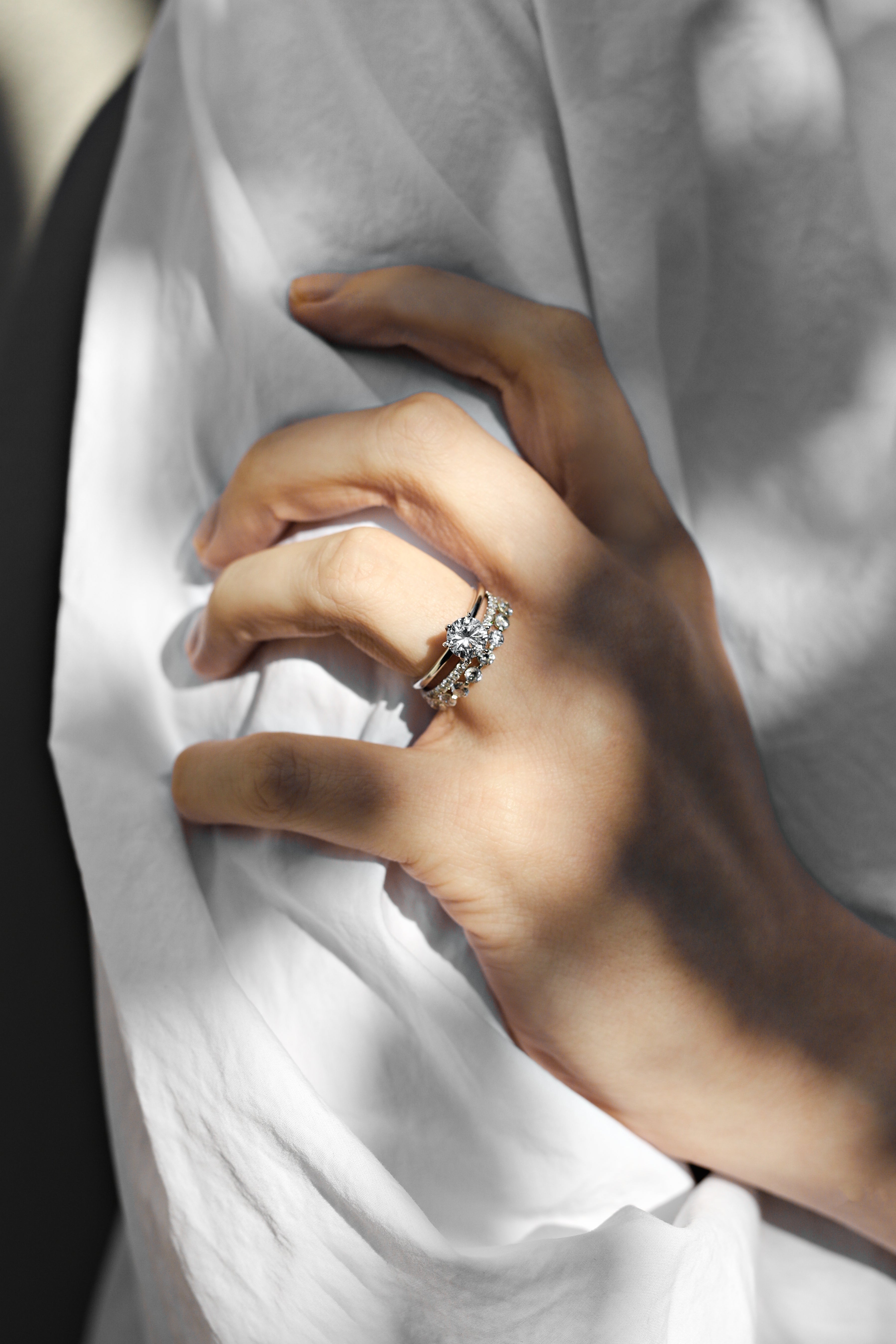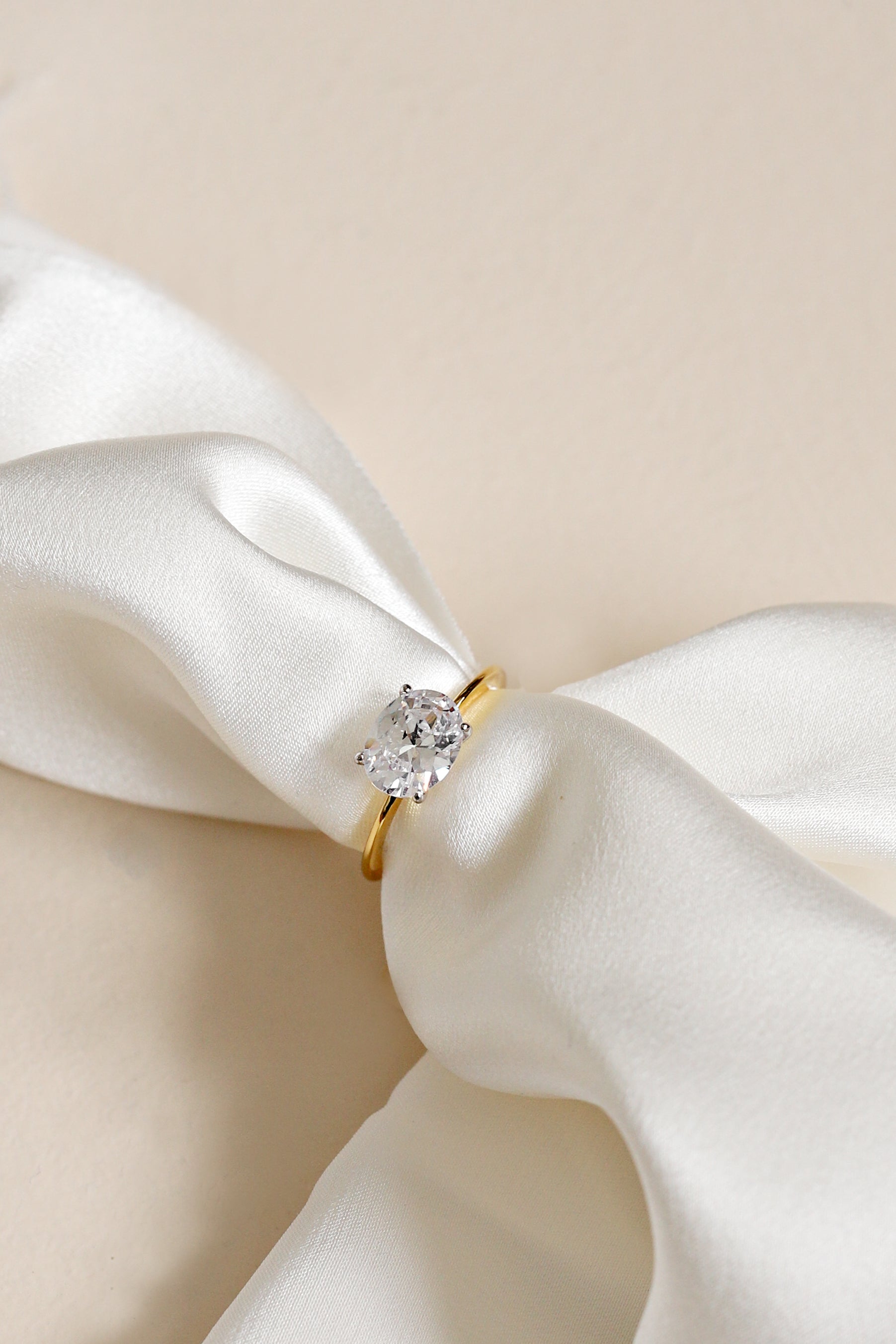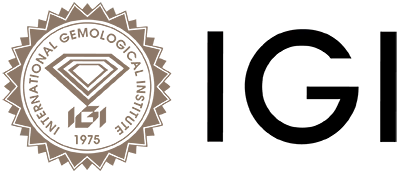Wire
History and Production of Wire
- Jewelry in antiquity often contained wire in the form of chains and applied decoration.
- Strips cut from metal sheet were made into wire by pulling them through perforations in stone beads.
- Gold wires in jewelry from the 2nd millennium BCE have seam lines that follow a spiral path along the wire.
- Square and hexagonal wires were possibly made using a swaging technique.
- True beaded wire, produced by mechanically distorting a round-section wire, appeared in the Eastern Mediterranean and Italy in the 7th century BCE.
- Wire is reduced to the desired diameter by repeated drawing through progressively smaller dies.
- Annealing may be done to facilitate more drawing or to maximize ductility and conductivity.
- Electrical wires are usually covered with insulating materials such as plastic or rubber-like polymers.
- Coaxial cables can be formed by wrapping two or more wires concentrically, separated by insulation.
- Wire or cable may be further protected with substances like paraffin, bitumen, or steel taping.
Different Forms of Wire
- Solid wire, also called solid-core or single-strand wire, consists of one piece of metal wire.
- Solid wire is useful for wiring breadboards.
- Stranded wire is made up of multiple small wires twisted or braided together.
- Stranded wire is more flexible and resistant to breaking than solid wire.
- Stranded wire is commonly used in applications where flexibility is required.
Uses of Wire
- Wire is used to bear mechanical loads, often in the form of wire rope.
- Wire can refer to an electrical cable used for electricity and telecommunications signals.
- Wire can be made in various cross-sections for decorative or technical purposes.
- Edge-wound coil springs, such as the Slinky toy, are made of special flattened wire.
- Wire is used in the production of high-efficiency voice coils in loudspeakers.
Manufacturing of Wire
- Wire is commonly formed by drawing the metal through a hole in a die or draw plate.
- Wire gauges come in various standard sizes, expressed in terms of a gauge number or cross-sectional area.
- Precious stones like diamond or ruby can be used in the draw-plate to maintain the size of the holes.
- Wire drawing can be done manually or through modern machinery.
- Insulating and jacketing of wires and cables is done by passing them through an extruder.
Applications of Wire
- Winding of motors, transformers, inductors, generators, and speaker coils.
- Coaxial cable used as a transmission line for radio frequency signals.
- Speaker wire for low-resistance electrical connection between loudspeakers and audio amplifiers.
- Resistance wire used for heating elements or wire-wound resistors.
- Copper magnet wire used in various applications, such as winding wire.
Wire Data Sources
| Reference | URL |
|---|---|
| Glossary | https://harryandcojewellery.com.au/blogs/glossary/wire |
| Wikipedia | http://en.wikipedia.org/wiki/Wire |
| Wikidata | https://www.wikidata.org/wiki/Q551997 |
| Knowledge Graph | https://www.google.com/search?kgmid=/m/083kv |

